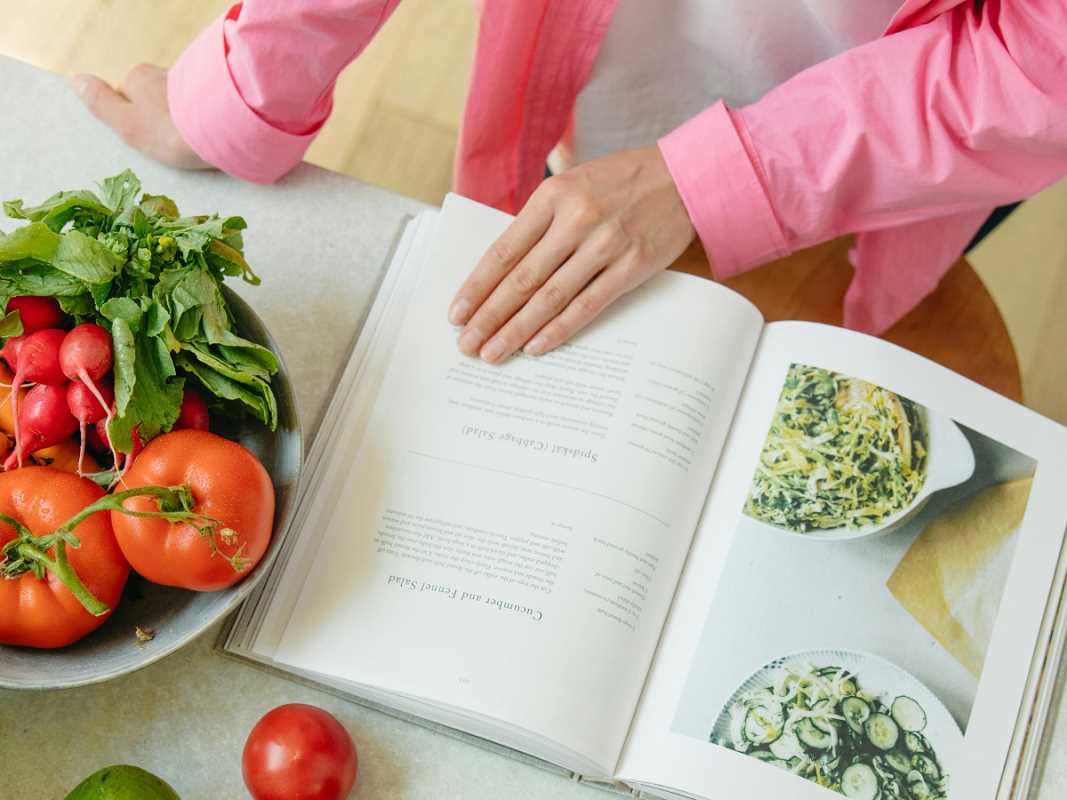Fresh ingredients picked at their peak infuse every meal with color, taste, and excitement. Bright vegetables and ripe fruits shape the foundation of unforgettable recipes, inspiring cooks to experiment in their kitchens. Simple techniques help reveal the natural flavors and textures found in farm-fresh produce, making it easier to prepare delicious and nourishing dishes. With a bit of planning and creativity, anyone can turn seasonal harvests into meals that delight both the palate and the eyes. Whether preparing a quick weekday dinner or a leisurely weekend feast, accessible tips support delicious results at every table.
Shifting from grocery aisles to local markets or CSA drops injects freshness and supports nearby growers. Spending a few minutes selecting prime ingredients creates the foundation for flavorful results. From crisp lettuces to plump tomatoes, seasonal picks lend depth to every dish. Read on for detailed tips on choosing, prepping, cooking, and even reinventing recipes with clever swaps that keep meals exciting.
Choosing the Best Farm-Fresh Ingredients
Scout local farmers’ markets, roadside stands, or community-supported agriculture (CSA) boxes for the freshest items. Visiting early in the morning often yields produce at its peak of ripeness, crispness, and vibrant color. Engage with growers to learn when each crop hits its prime; they’ll point out the sweetest heirloom tomatoes and ideal zucchini sizes.
Look for firm textures and lively hues. Avoid produce with bruises, softness, or dull spots. Sniff aromatic herbs like basil or cilantro to judge their freshness. When berries appear plump and unblemished, they’re ready to star in salads or smoothies. These sensory checks guide you toward top-quality ingredients every time.
Essential Kitchen Tools and Prep Techniques
Equip your kitchen with a handful of versatile tools to make cooking easier. A sharp chef’s knife speeds up slicing vegetables, while a sturdy cutting board preserves blade edges. A microplane grater transforms citrus zest into fragrant accents for marinades and dressings.
Consider investing in one or two small appliances like an *Instant Pot* or a compact blender. They speed up cooking and allow creative experimentation, from silky soups to vibrant sauces. Keep measuring spoons, mixing bowls, and a solid nonstick skillet within easy reach to reduce clutter and focus on the food.
Prep vegetables in batches on weekends or evenings when you have extra time. Wash, trim, and chop onions, peppers, and carrots at once, then store them in airtight containers. When hunger strikes, you’ll only need to grab ready-to-use veggies, saving precious minutes on busy nights.
Use clear, labeled containers in the fridge to organize prepped ingredients. Seeing cut peppers or washed greens encourages you to build dishes around them. This system promotes consistent use of fresh produce rather than forgetting half-used bags hidden in the back.
Top Cooking Tips
- Start with gentle seasonings: Lightly salt or pepper produce before cooking to bring out natural flavors. A brief toss in oil and seasoning makes vegetables come alive.
- Master high-heat searing: Preheat pans thoroughly so zucchini, eggplant, or mushrooms develop a caramelized crust, locking in moisture and taste.
- Layer flavors gradually: Sauté garlic and onions first, then add vegetables in stages to prevent overcrowding. This ensures each ingredient cooks evenly.
- Balance tastes: Pair sweet root veggies with tangy dressings or acidic finishes like a squeeze of lemon. This contrast creates excitement on the palate.
- Finish with fresh herbs: Sprinkle chopped parsley, mint, or dill right before serving to inject bright, aromatic notes.
- Keep heat zones in mind: Use medium-high heat for quick stir-fries, and lower settings for simmering sauces, preventing scorching.
Family-Friendly Farm-to-Table Recipes
- One-Pan Summer Veggie Skillet
- Preheat a large nonstick skillet over medium-high heat. Add a drizzle of olive oil and sear bite-sized zucchini slices, halved cherry tomatoes, and quartered bell peppers for 5–7 minutes. Season with garlic powder, smoked paprika, and salt. Stir in fresh basil leaves just before serving. The dish delights with minimal cleanup.
- Hearty Root Veggie Shepherd’s Pie
- Roast diced carrots, parsnips, and sweet potatoes with rosemary and a splash of olive oil until tender. Cook ground turkey or lentils with onions and peas in a skillet, then stir in tomato paste and broth. Transfer everything to a baking dish, top with roasted veggies, and broil briefly for a golden finish.
- Rainbow Veggie Pasta Salad
- Boil your favorite short pasta until al dente, then rinse under cold water. Toss with diced cucumbers, halved radishes, sliced red onion, and chunks of *fresh mozzarella*. Dress with lemon vinaigrette and sprinkle chopped chives or basil. Serve chilled or at room temperature for a refreshing meal.
Each recipe allows you to customize based on seasonal availability. Swap in sliced squash or roasted beets to keep these dishes fresh and exciting throughout the year.
Using Clever Substitutions for Healthier Meals
Making small ingredient swaps can boost nutrition without sacrificing flavor. Replace white pasta with chickpea or lentil varieties to increase protein and fiber. Swap sour cream for Greek yogurt in dips and sauces to reduce fat and add creaminess.
Maintain a well-stocked spice rack to add flavor without extra calories. Cumin, coriander, and turmeric bring warmth and depth. Red pepper flakes or chipotle powder add a gentle kick that enlivens roasted or sautéed vegetables. Using spices reduces your reliance on salt-heavy seasonings.
Experiment with plant-based proteins like chickpeas, black beans, or tofu to diversify your family’s meals. They absorb seasonings well and pair nicely with fresh herbs and vegetables. These swaps provide satisfying textures and support balanced nutrition.
Use the right tools, techniques, and recipes to turn fresh produce into tasty meals. Explore your local market and try these tips to create colorful, nourishing dishes for your table tonight.
 (Image via
(Image via





